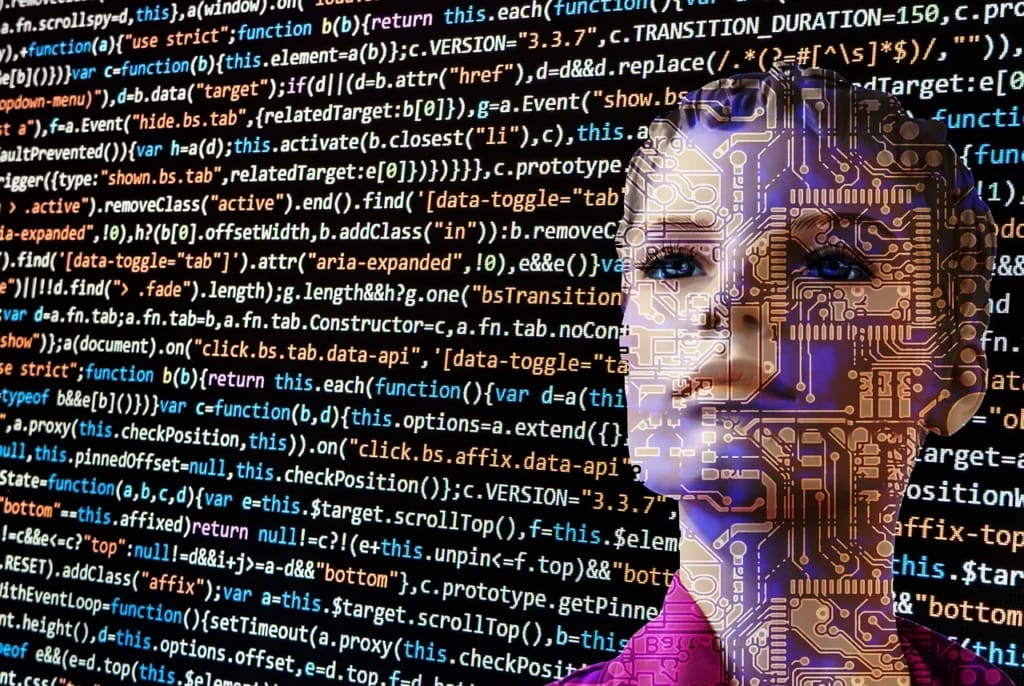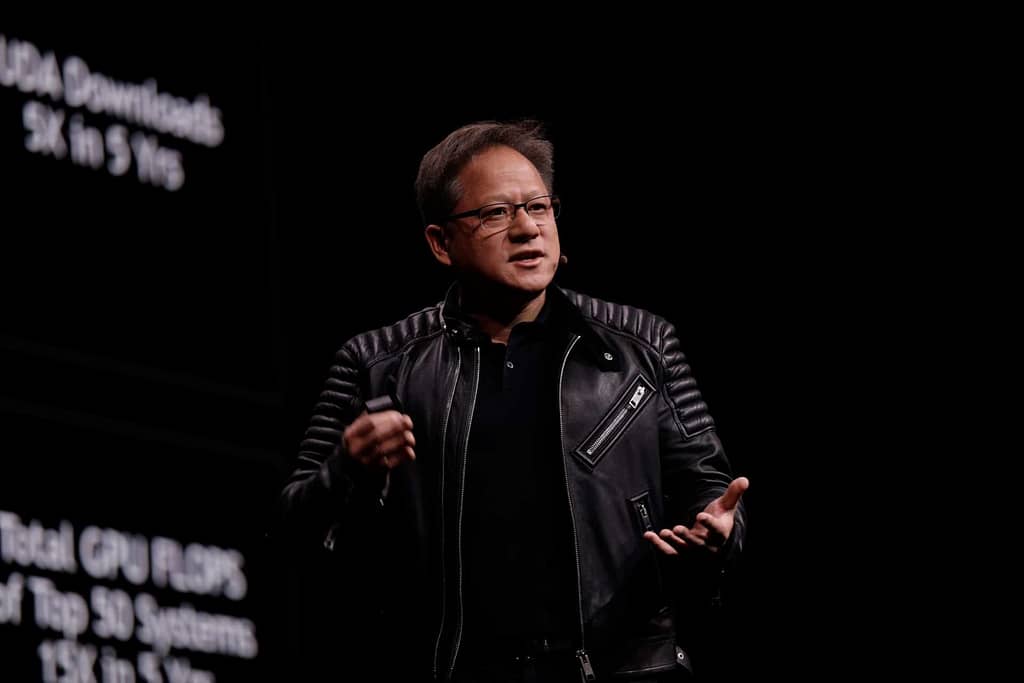In this article, we will explore the fascinating realm of self-supervised vision transformers. We will delve into various aspects of this emerging field, shedding light on the underlying principles and intriguing discoveries. Our aim is to summarize and dissect the key points discussed in the transcript, unraveling the mysteries behind self-supervised learning in computer vision.
This exploration begins by addressing a fundamental question: Is it advantageous or problematic when someone takes an image and generates another image from it? This inquiry leads to a broader discussion about the role of the “cls token” in the transformer architecture, which serves as a critical element for extracting representations. The attention heads associated with this token not only guide where to look in an image but also seem to segment individual objects within it.
Self-supervised models VS supervised baselines
One of the highlights of the discussion is the comparison between self-supervised models and supervised baselines. It emphasizes that self-supervised learning, with its unique approach, outperforms supervised methods in various aspects. Attention maps are presented as evidence, showcasing how these models identify and distinguish objects within images.
The exploration further delves into the concept of “shortcut learning” in supervised systems, where models may focus on specific features or patterns, potentially limiting their adaptability. In contrast, self-supervised learning encourages models to generalize and discover representations that are more versatile across different tasks and images.
A compelling aspect of self-supervised learning is the role of data augmentations. Augmentations are likened to a way of imparting human prior knowledge to models, as they dictate what aspects of an image are essential and what can be disregarded. The exploration suggests that moving toward fully autonomous self supervised learning might require eliminating or automating the augmentation process to ensure domain-agnostic models and superior image representations.
Another critical factor discussed is the construction of the dataset used for training. It is pointed out that datasets commonly employed in self supervised learning often contain images that inherently capture objects of interest. This implicit bias in data construction influences where the model’s attention is directed. Therefore, the exploration suggests that the choice and construction of the dataset play a pivotal role in shaping the model’s understanding of what is essential.
In conclusion, this article provides a captivating glimpse into the world of self-supervised vision transformers and raises intriguing questions about the nature of representation learning. It underscores the importance of data augmentation techniques and dataset construction in training self-supervised models. As this field continues to evolve, researchers are challenged to find ways to make self-supervised learning more autonomous and adaptable to a wide range of domains, ultimately pushing the boundaries of what AI systems can achieve in computer vision.




